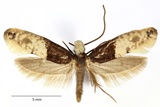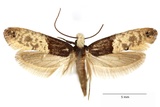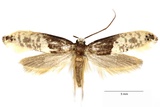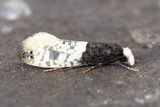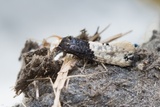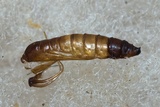Trichophaga tapetzella (Linnaeus, 1758) Species
Last modified: Dec. 14, 2025, 8:01 p.m.
Like other notorious clothes moths, this species was widespread, abundant, and troublesome. But now it has become scarcer since the introduction of artificial fibers and modern moth-proofing insecticides because the larvae don't grow well on thoroughly cleaned wool. Recently found more and more in owl pellets, but it's still very rare in our country.
Details
- Classification
- Family: Tineidae > Subfamily: Tineinae > Genus: Trichophaga > Species: Trichophaga tapetzella
- Vernacular names
- Roomtipje (NL), Tapetenmotte (DE)
- First mention in Belgium
- De Sélys-Longchamps E. 1844. Énumération des insectes Lépidoptères de la Belgique. — Mémoires de la Société royale des Sciences de Liége 2: 1–35. On page 23. view page
- Status
-
Native
Distribution
Bionomics
The species moves into man-made habitats when the opportunity arose.
The adults come occasionally to light.
Flight periods
The adults have mainly been observed from the beginning of May towards August. Observations outside this period are frequent since they often live indoors.
Observed on
- Substrates:
- Nests of Hymenoptera, Nests of birds and Fur, horse-hair, refuse of animal origin
The larva feeds in a portable silken case and lives in birds nests, on feathers, carcases, animal fibres, owl pellets, wool, spices, hemp, tobacco, fur and stored vegetable materials.
